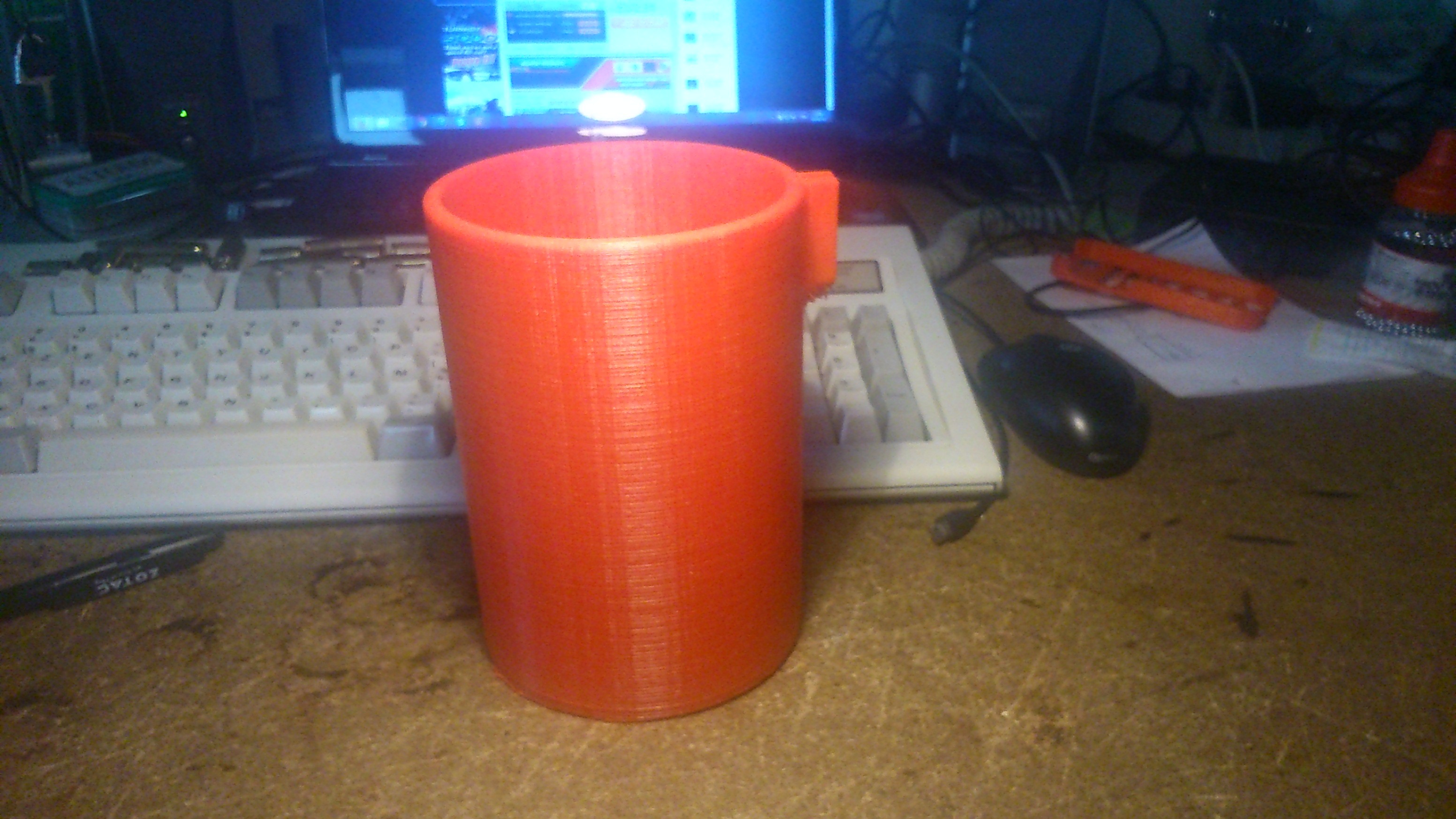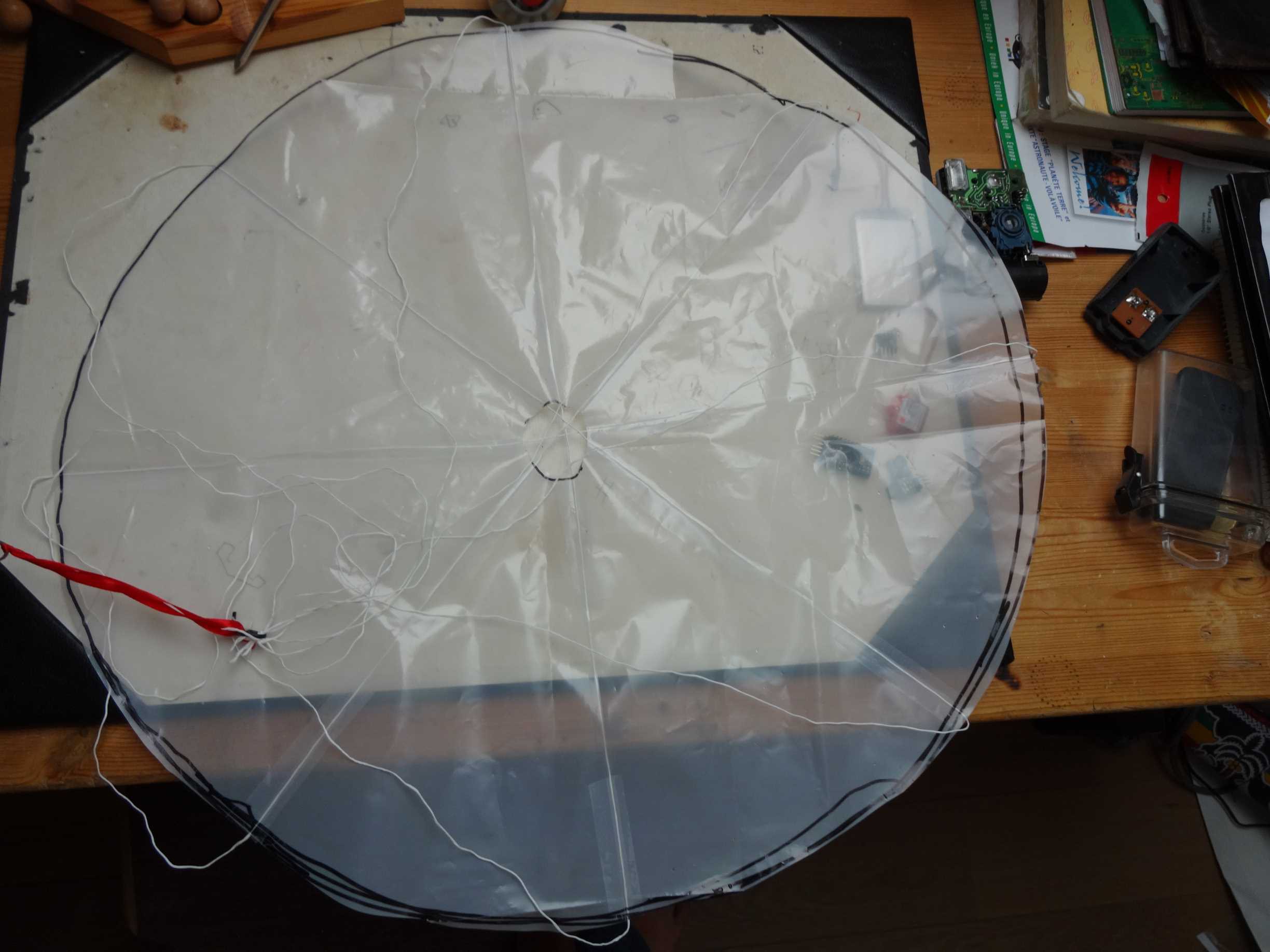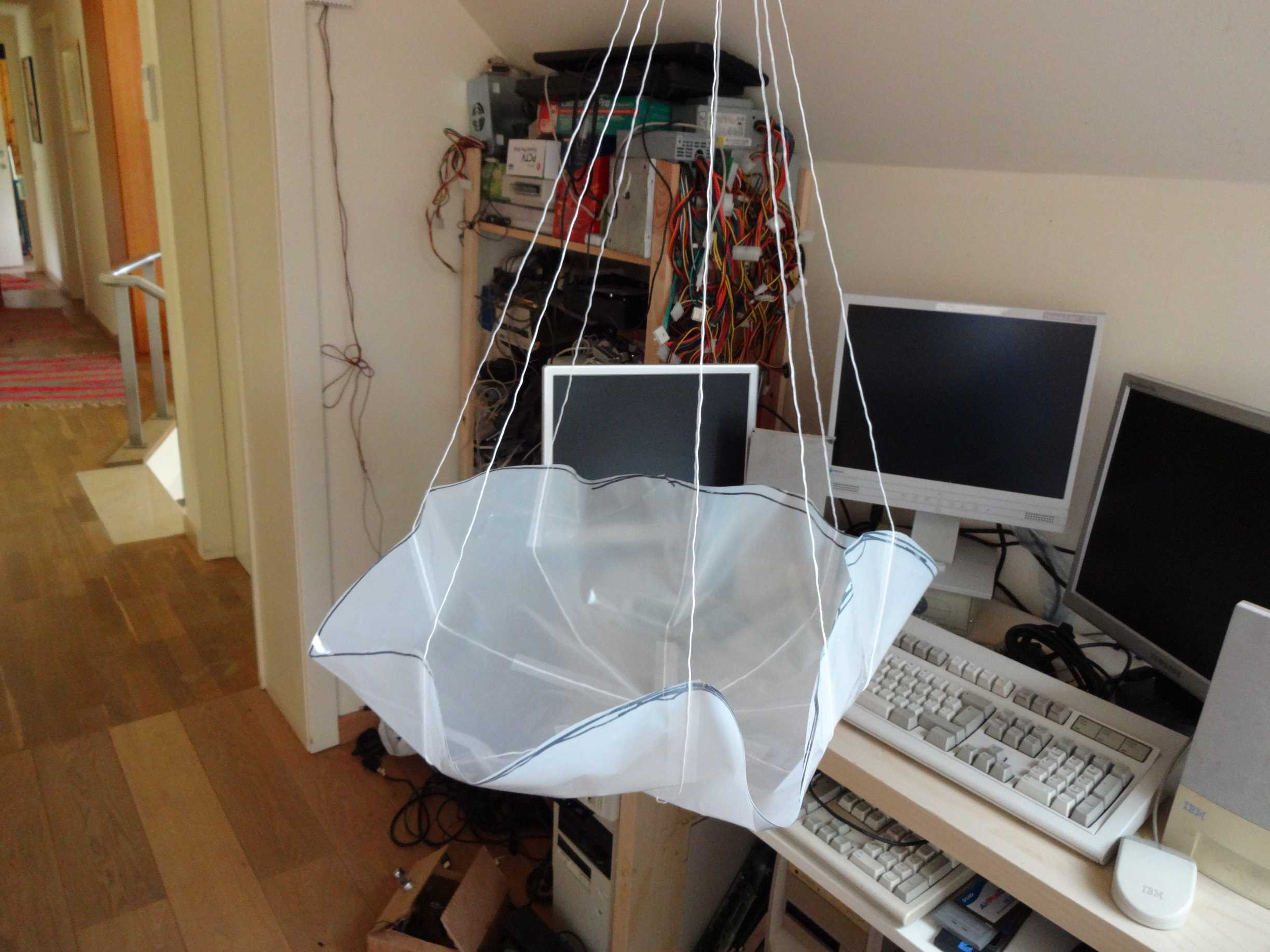I want to use a device which doesn't require the needs of pyrotechnics, something fast to reset. I'm thinking about a spring-loaded ejector, the hatch being closed by a 9g servo. The servo itself should be triggered by a simple ATMega328 checking an accelerometer.
Here's a small presentation video, in the most terrible english you've ever heard.
 M.daSilva
M.daSilva







